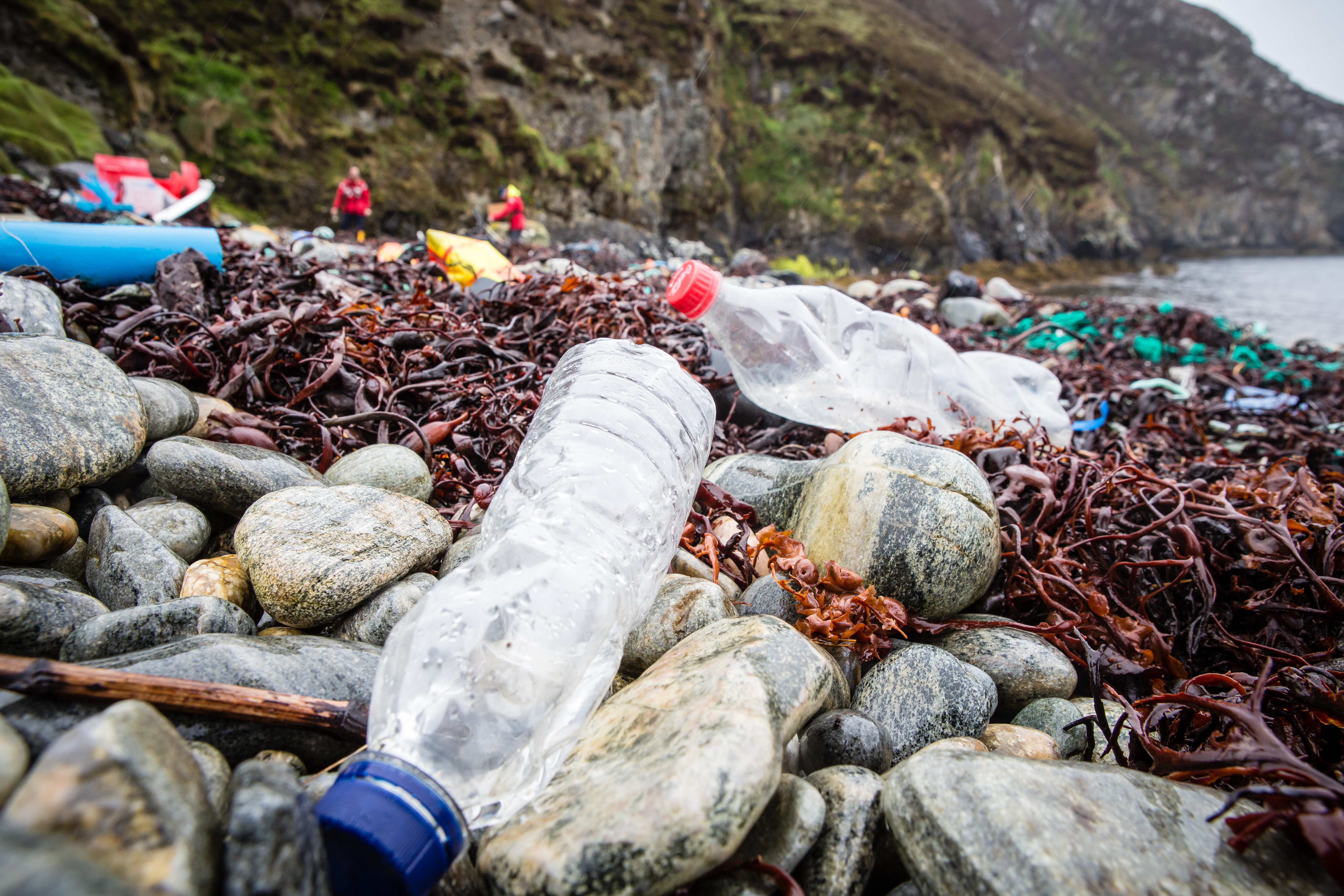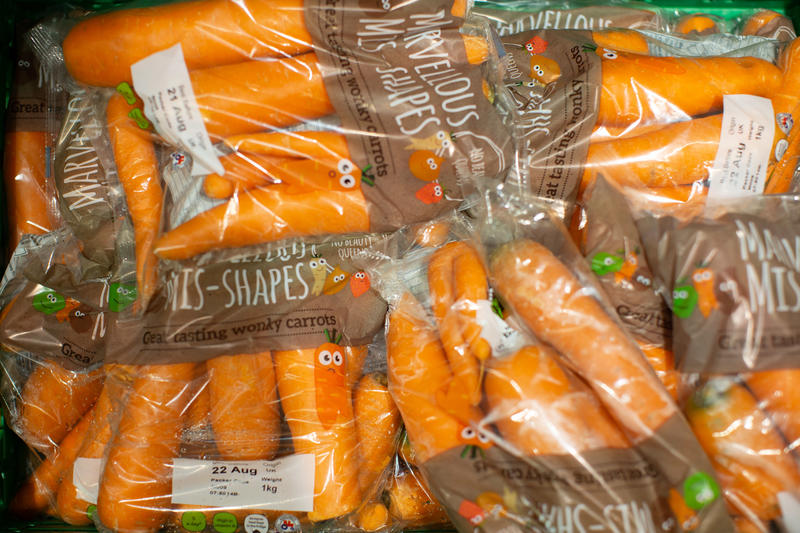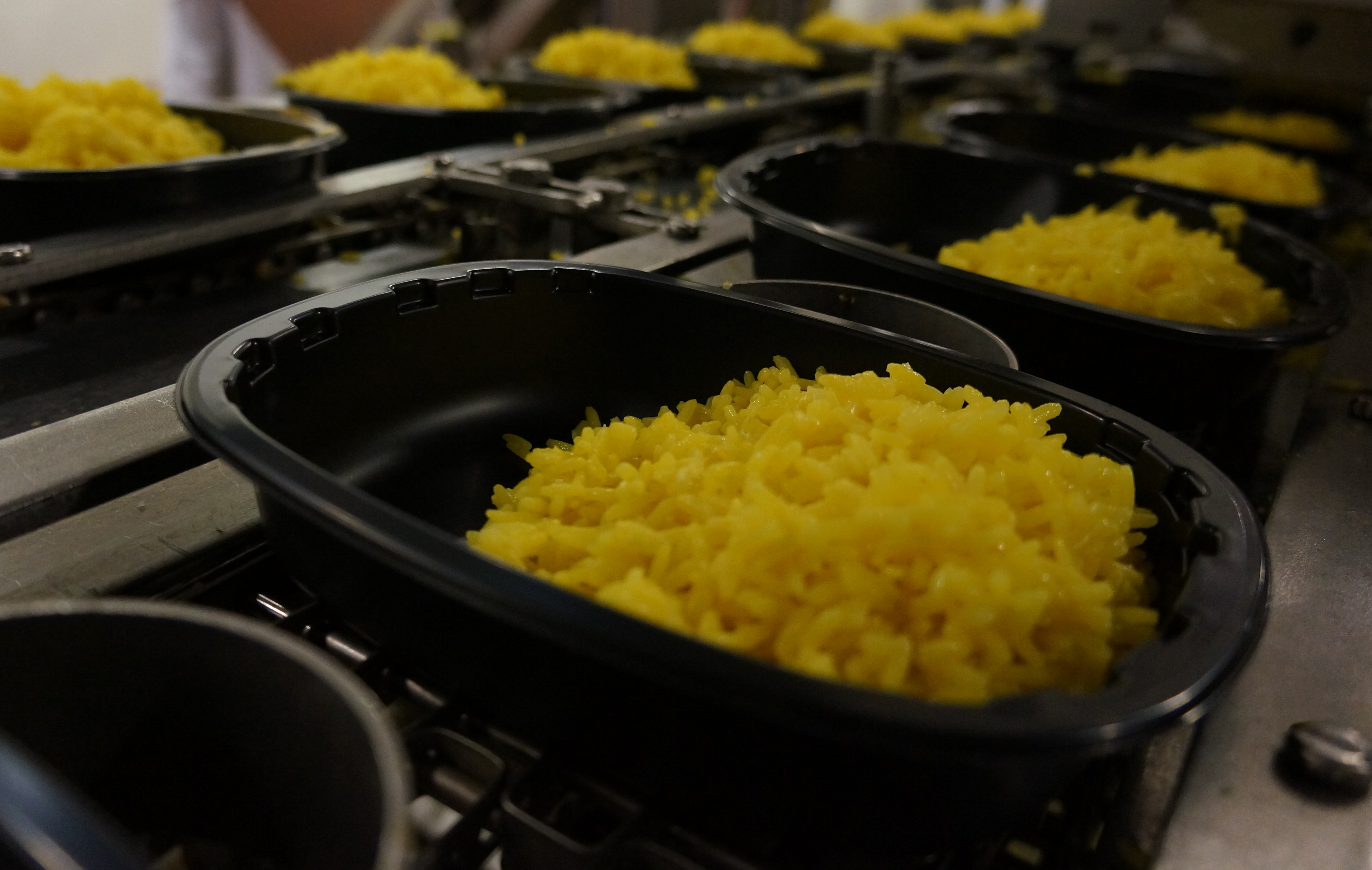The government’s new Waste and Resources strategy – what does it mean?

Yesterday the government published their long-awaited Waste & Resources strategy – a massive document stating how they are going to deliver on the promises they made in the 25 Year Environment Plan regarding reducing waste and ending throwaway culture in the UK.
We’re all well aware of the plastic pollution crisis facing our marine environment – with a truck of plastic entering our oceans every minute we need to act urgently. Overhauling our waste system is fundamental to this – the UK currently exports two-thirds of its waste overseas and we use thousands of tonnes of hard-to-recycle or hazardous packaging every year. So, how does the strategy look?
What was good?
Some of the most forward-thinking proposals from the strategy were all about introducing what is called Extended Producer Responsibility (EPR) on packaging. This sounds technical, but in principle is simple. As it stands, councils (i.e.you the taxpayer), currently have to pay 90% of the cost of managing the waste we produce in our homes. That means collecting it, sorting it etc. Producers, including manufacturers, retailers and supermarkets are only paying 10% of the cost to sort out material they brought onto the market in the first place. This is clearly unfair and is a big reason why producers of plastic don’t think as carefully about what kind of material they bring on to the market, in particular how hard it might be to clean up or recycle.
That’s why the government is proposing making producers pay the full cost of collecting, sorting and handling materials they put on the market. This is great for two reasons: firstly it follows the principle that the people bringing polluting material on to the market are the ones who should have to clean it up rather than you and I, and secondly it provides an incentive for them to stop making packaging that’s complicated or hard to recycle and is therefore clogging up our waste system.
There were also some positive proposals on making recycling less complicated, improving collection of food waste and cracking down on exporting of illegal waste, which, as we found in our investigation earlier this year, is something the UK needs to take responsibility for urgently.
What was not so good?
One of our major concerns is around the timing of the proposals in the strategy. The bold extended producer responsibility measures described here aren’t going to kick in until 2023. The strategy also reiterated the government’s commitment to introducing a deposit return scheme (DRS) on drinks containers, which is brilliant, but again, the projected timeline for implementing the scheme wouldn’t see it operational until 2023. These delayed timeframes just mean years more of the status quo – millions more bottles washing up in our rivers and producers being able to keep packaging waste out of sight and out of mind.
Meanwhile, we would have liked to see much bolder action on ‘problem’ plastics – that’s plastics that are too hard or expensive to recycle or hazardous to the environment. The government hopes that the EPR reforms will sort this problem out, but by banking on voluntary action from industry you risk billions more black plastic trays or toxic PVC being produced while the system catches up. For the good of our oceans, we think that these materials should be banned immediately and outright.
We’re also concerned that there’s not a clear enough plan for reducing the amount of plastic we bring into the system in the first place. Over the next decade, plastic production is estimated to increase by 40% and recycling alone is not going to solve our plastic pollution crisis- we need clear targets on reduction as soon as possible.
So overall, while there are some very positive and bold measures in the strategy that the Government should be congratulated on, we think that this strategy could have been more ambitious in terms of speed and vision.



